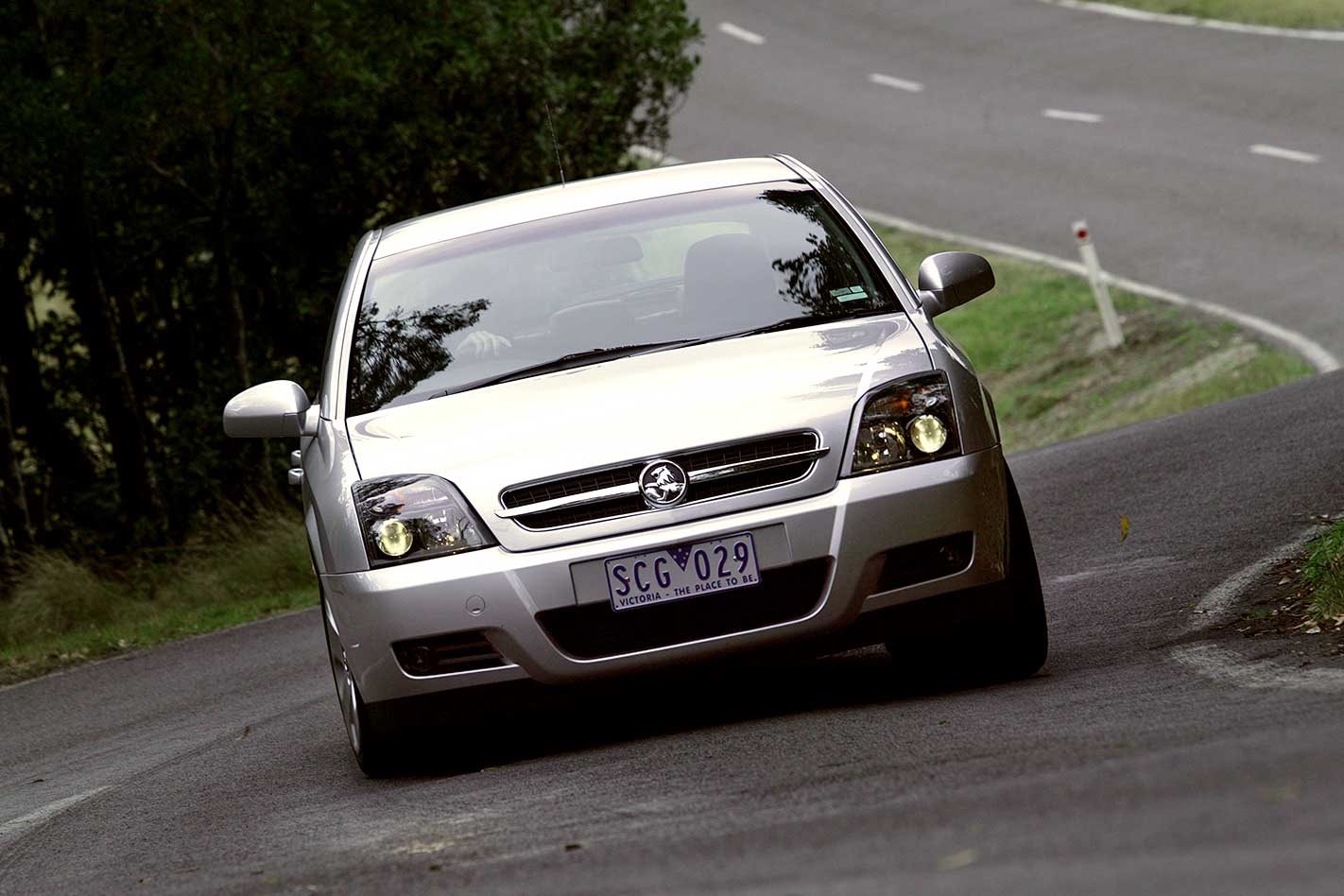There are cars you know are worth waiting for, cars you should avoid like the plague and cars for people who just don’t care. But that last lot don’t often find their way into MOTOR’s pages, do they? For the rest of you, putting the new Vectra into a comfortably-sized letterbox is about to become something of an issue.
This review was originally published in MOTOR’s May 2003 issue
For starters, even if you had no immediate interest in it, the price will slap you into a bit of focus. If you weren’t paying attention to the Vectra CDXi (GTS in Europe, but renamed here for obvious reasons) before, then a $47,990 ask is going to make you notice it. For better or for worse.
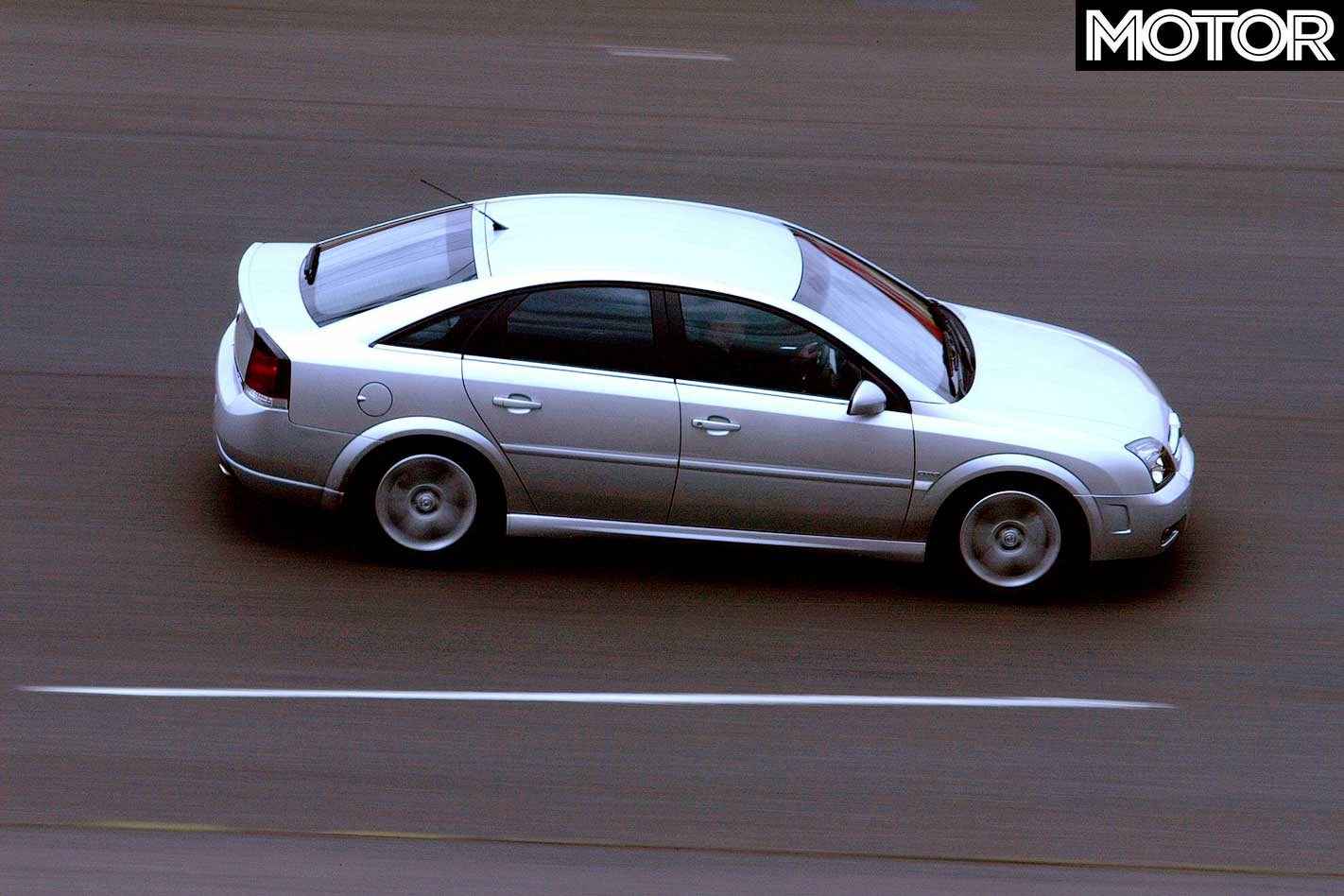
That’s a fair (or unfair) ask for a car that’s essentially 20 per cent upstream of its predecessor. Unsurprisingly, Holden doesn’t want you to focus on the cost. It wants you to feel the quality. And it has a pretty valid point.
This Vectra is almost certainly the best all-’round package to ever wear a Holden badge. Big call, granted, but the car itself is that good.
There are quite a few reasons why, actually. The engineering’s a long way upstream of its predecessor, a car whose public acceptance somewhat surprised Holden and its dealers, even if it had the odd niggle. And there’s almost 50,000 of them out in Australian garages now, and it’s a base Holden’s relying on to help it shift these jobbies.
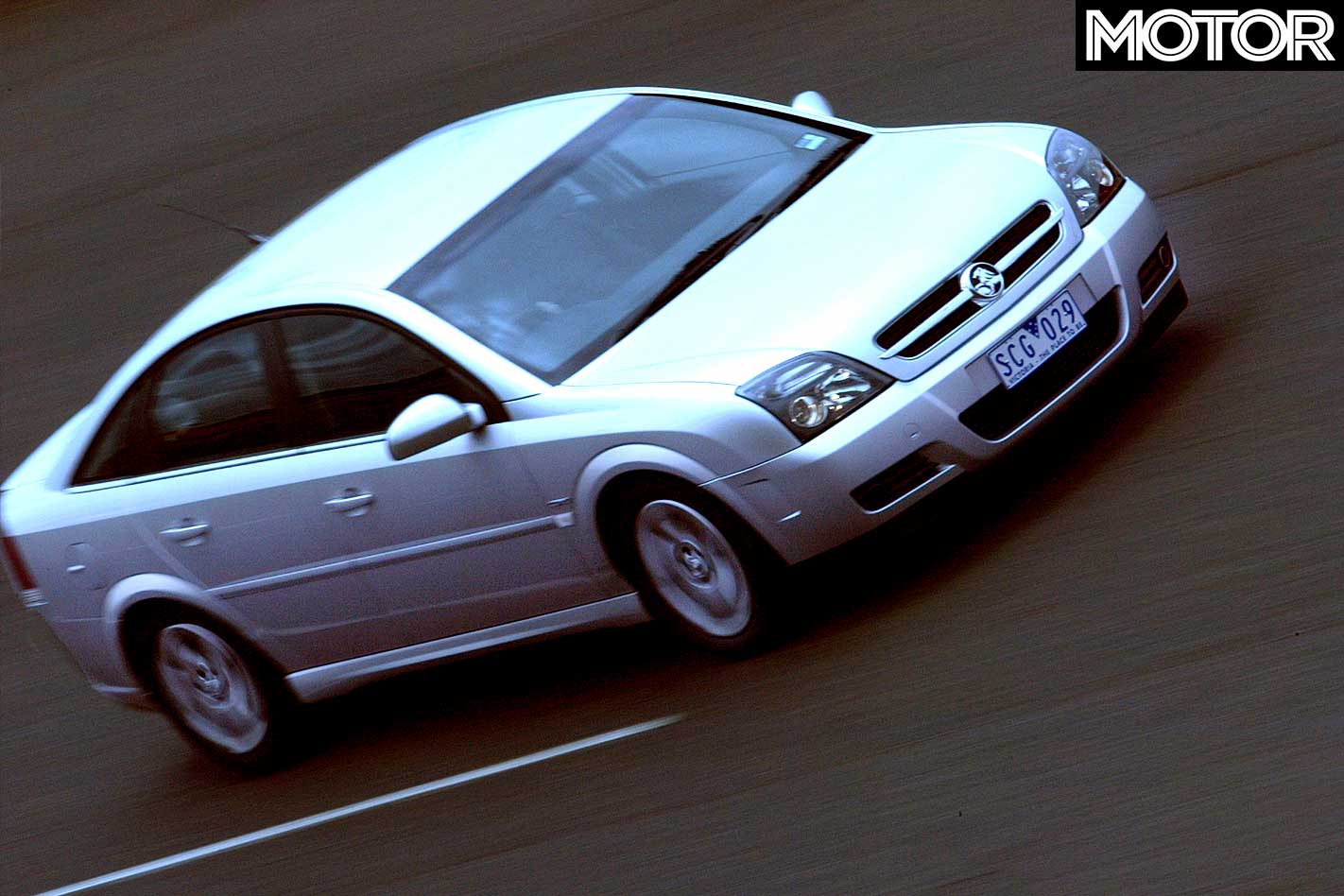
It’s stiffer in the body, stronger in the suspensions, uses exotic metals in key areas and runs bottom-end 3-Series Bimmers pretty close here and there.
The engines are way better and that’s always a good place to start for us power-conscious Australians. Its all-alloy 3.2-litre V6 is not born of the new GM family of HFV6 motors (to be built in Melbourne and Canada), but is a derivative of the 2.6-litre jobbie in the superseded Vectra. Still, it feels more than modern enough for the job at hand.
It pumps out 155kW of power at 6200rpm and 300Nm at 3800 revs. It’s pretty strong from lower engine speeds as well, with 210Nm hanging around at 1000rpm and 250 on offer by the time you get to 2000. Its variable intake manifold helps it to give 90 per cent of its torque from 2700 through to 4750.
Drives like it, too. It’s smooth and willing and purposeful. Unlike the free-spirited four pot in the base Vectra, the V6 feels like it’s just as happy with the grunt work as it is playing and humming with more liberal piston speeds.
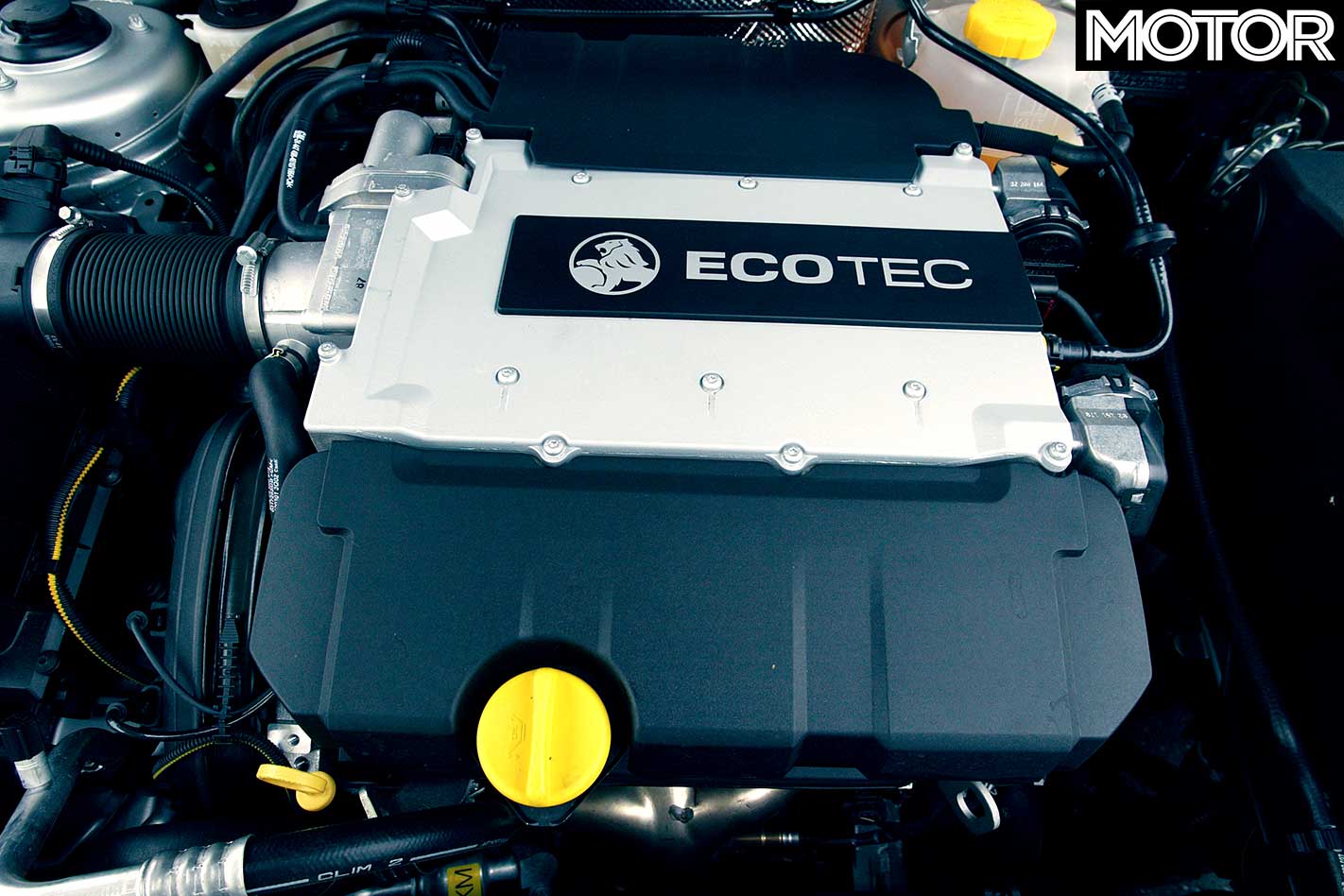
It feels (and sounds) meaty and slightly rorty at low-to-middling engine speeds, then has a Sybil-esque character transplant over about 4000 revs. From there onwards, it’s happy to sing seamlessly and cleanly to the redline and beyond, with nary a hint of unwanted tremor clouding the noiseworks.
That’s not claiming it’s at GT Falcon/Maserati levels of aural satisfaction (it is, after all, more humble than either of them). But for its genre and its level of competition, it’s thereabouts with the quality of the Peugeot 406 and Volkswagen Passat sixes and delivers stronger performance than the bottom-end Audi and BMW fours, though not quite there on sophistication and silken delivery.
While the engine’s a development, rather than an all-new jobbie, it’s been designed with its service life more in mind than the old car. It uses chain-driven twin-cam cylinder heads. Chains are, we’re told, back in vogue after a global fixation with belt drives.
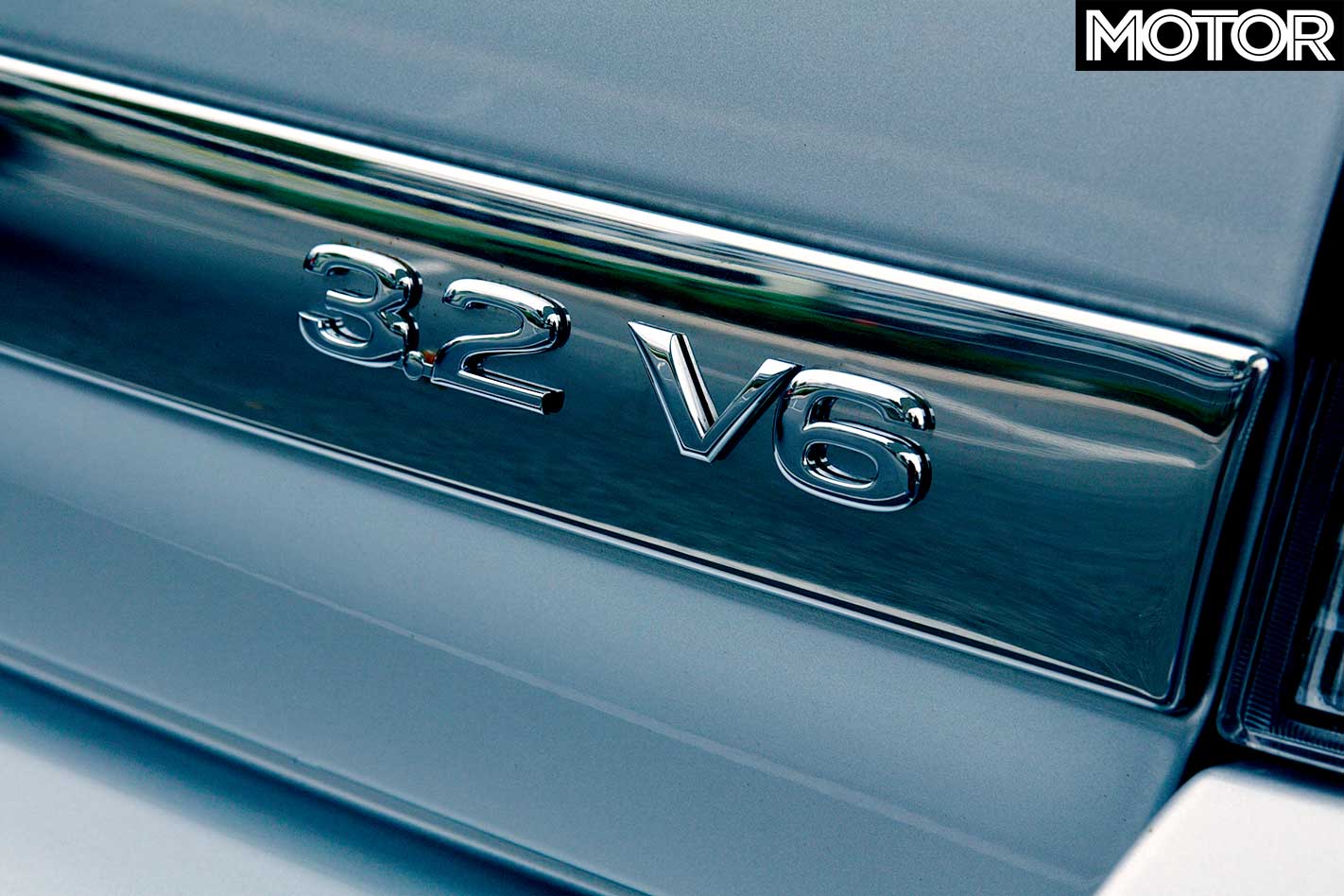
The reasons for this, Holden boss Peter Hanenberger helpfully explained by drawing diagrams on the linen tablecloth at the Hilton Hotel in Melbourne, is the improvement in clatter suppression technology. And engineers generally prefer chains, because they don’t need dealership attention for yonks.
Hooked to the side of this motor is either a five-speed manual or the Aisin-Warner AF3-35 five-speed auto. It is essentially the same auto as the four-cylinder versions run, but it’s $2000 more and uses an additional planetary gear set to claim a rating of 330Nm (up from the AF2-35’s 230Nm).
But it’s the manual that’s more fun, and it’s there to take advantage of the engine’s stronger spread of torque. It’s cable operation is another example of the Vectra’s modernisation of old technology. Forget what you knew of cable operation from a generation ago, because the CDXi’s shifts are slick, clean and just a little rubbery.
It’s all part of the Vectra’s coming of age. It’s a bigger car than the old one. That’s usually a given for a new generation, but the Vectra is now getting into VS Commodore territory for size now.
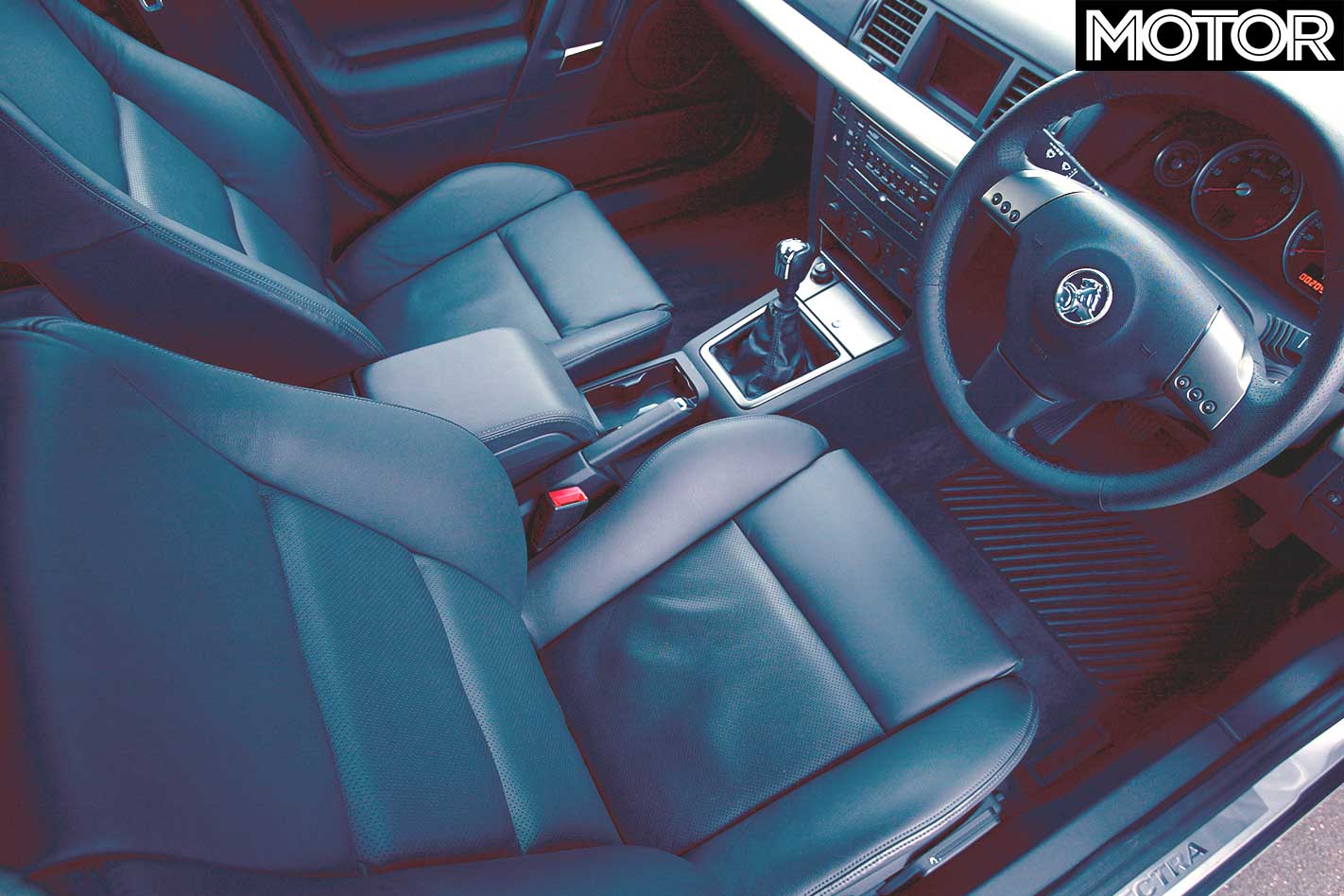
Its track widths are wider than those on the VS. While it isn’t intrinsically a light car, Holden’s stumbled on a spin that you’ll hear more of as the diet craze gets worse: “Prevented Weight Increase”.
It’s claiming 140kg of PWI for the Vectra thanks to aluminium engine mounts, bonnets and other bits. There’s also alloy bumper beams (to save 14kg), tailor welded blanks in the rear body (to save 1.8kg) and increased use of magnesium, including the instrument panel cross member (dropping 6.2kg).
So, what they’re telling you is that while the Vectra CDXi’s manual mass is 1510kg, it could have been a lot worse, and the more expensive metals used help explain the intake of breath at the price.
But the German engineers haven’t used more expensive metals just for weight. The Vectra B-pillars are full of boron alloy, which is almost seven times stronger than steel and about $80 more expensive for each car. Holden’s considered it for a similar role in the Commodore in the past, only to be scared off by cost. Expect to see plenty of it on the next all-new model.
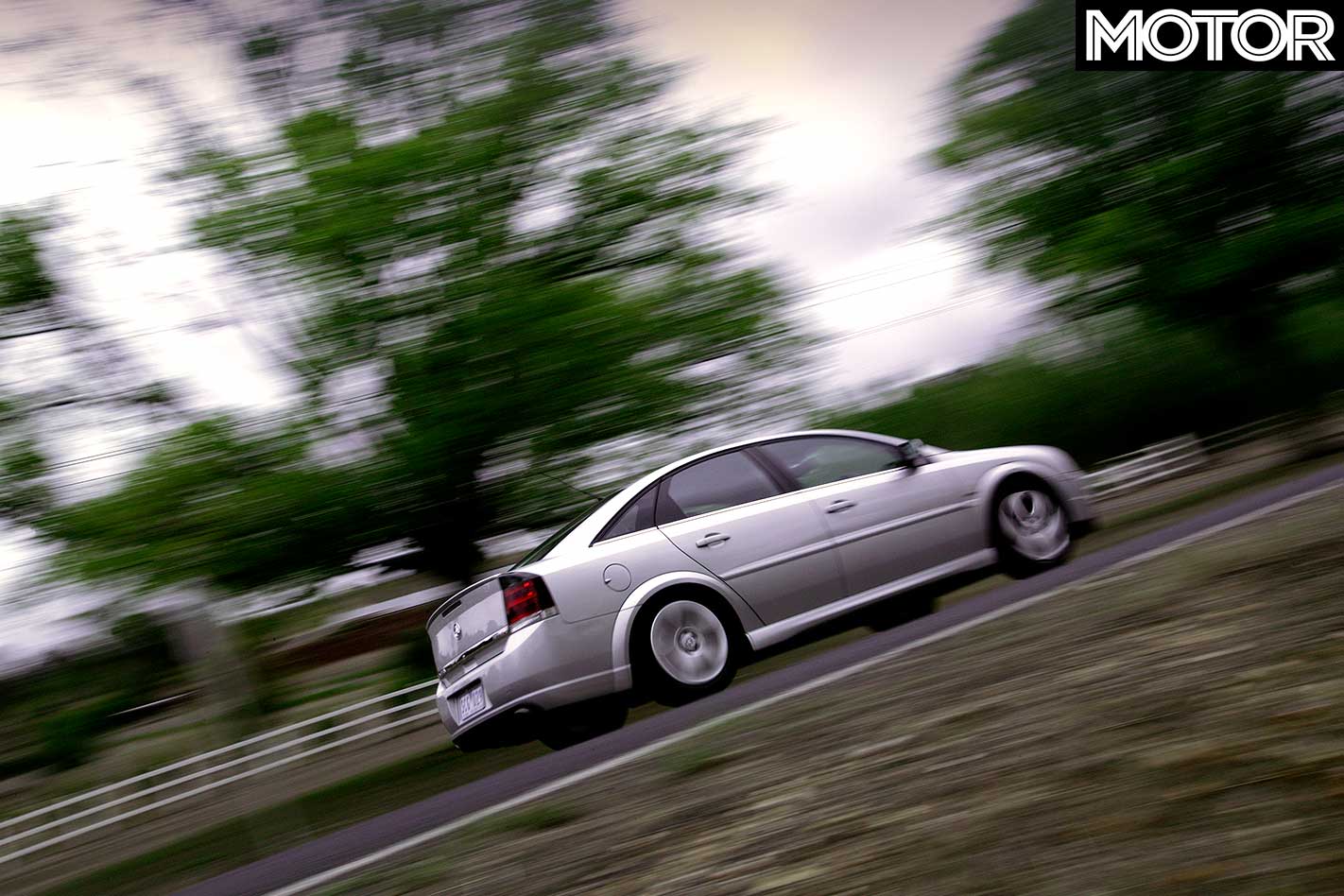
Nine percent of the old car’s material weight was high strength and extra high strength steel, the new model’s rate is up to 52 per cent. It leaves the Vectra with a chassis 74 per cent stiffer in torsional rigidity and 62 per cent up in its bending stiffness.
It feels it, too. Start flinging the CDXi across broken ground and it provides a wonderfully solid platform for the suspension to work off. It sits a full inch lower than the CDX, and it’s riding on 17-inch wheels to boot. Plus it runs the full gamut of latest generation ABS, traction control, Electronic Brake Force Distribution, cornering brake control and brake assist.
While traction control is occasionally intrusive, it’s a lot better than it has been. The cornering brake control system is a revelation and is a certainty to find its way into the next Commodore. Tip the thing in at ridiculous pace and it grabs the inside wheels to do everything within the limitations of physics to get around the corner and out of strife. It even works effectively on grass (don’t ask).
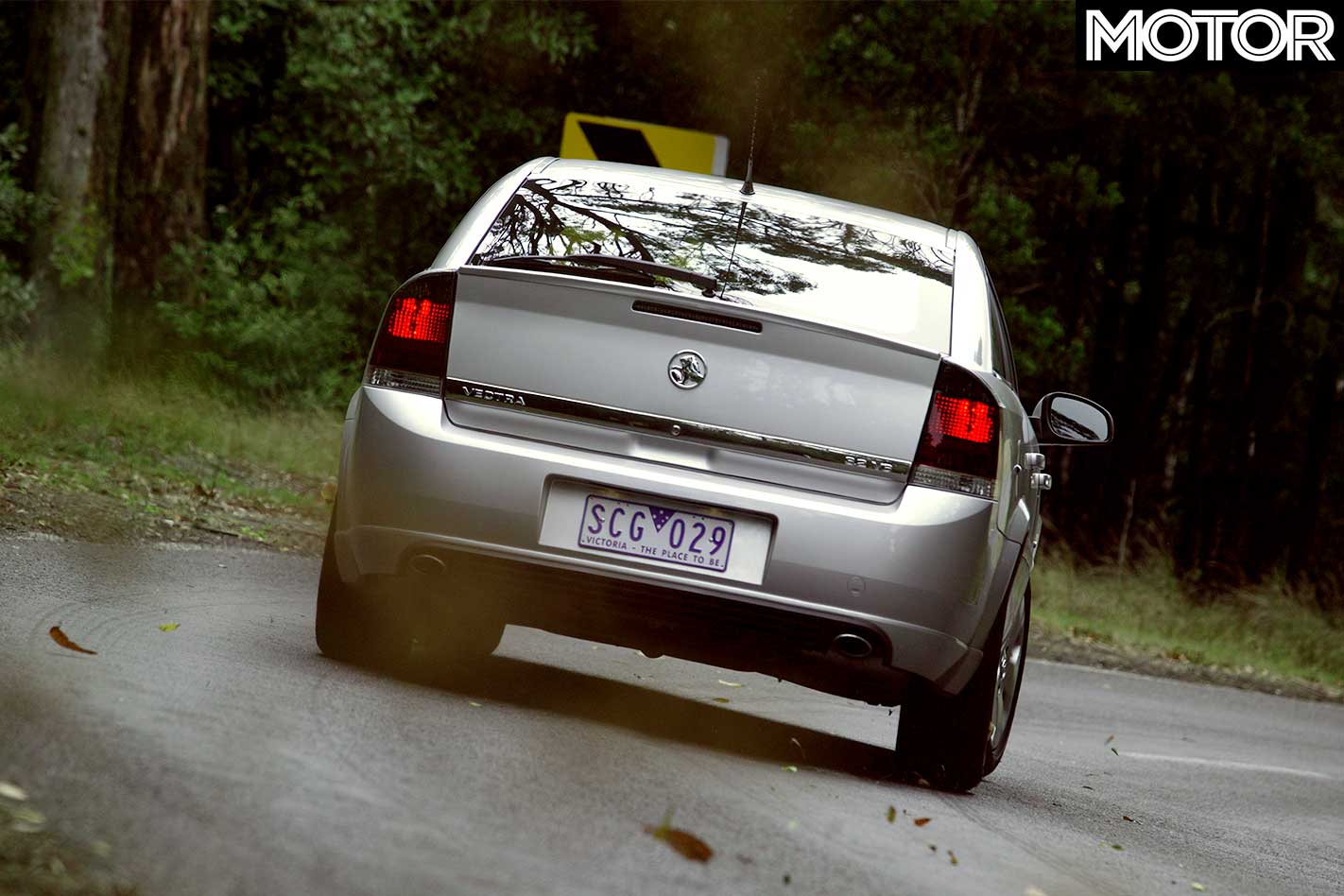
The highlights of the intrinsic chassis package are beautifully flat cornering ability, the masses of mid-corner speed it’s capable of carrying and the minimal traces of wheelspin on the way out of even the slowest corners.
All of which adds up to a very well sorted chassis. The steering is beautifully precise, brooks no kickback and is overly heavy. You can adjust its line mid-corner or just track along on in a wonderfully neutral stance.
It’s got plenty of gear inside, as well. The seats are black leather numbers that offer terrific support over long distances and plenty of lateral grip when you’re pressing on. There’s a nine-speaker sound system, complete with a six-stack CD deal and a beaut graphic info display.
The CDXi also gets dual exhausts and it’s the only one to score climate control air conditioning (with an air quality sensor to automatically fling over to recirc when you get stuck behind the smokey bus).
It’s the real deal alright, and it’ll happily go head-to-head with VW, Peugeot and Audi. But is Australia ready for its first non-V8 $50k mainstream Holden? If it isn’t, it ought to be.
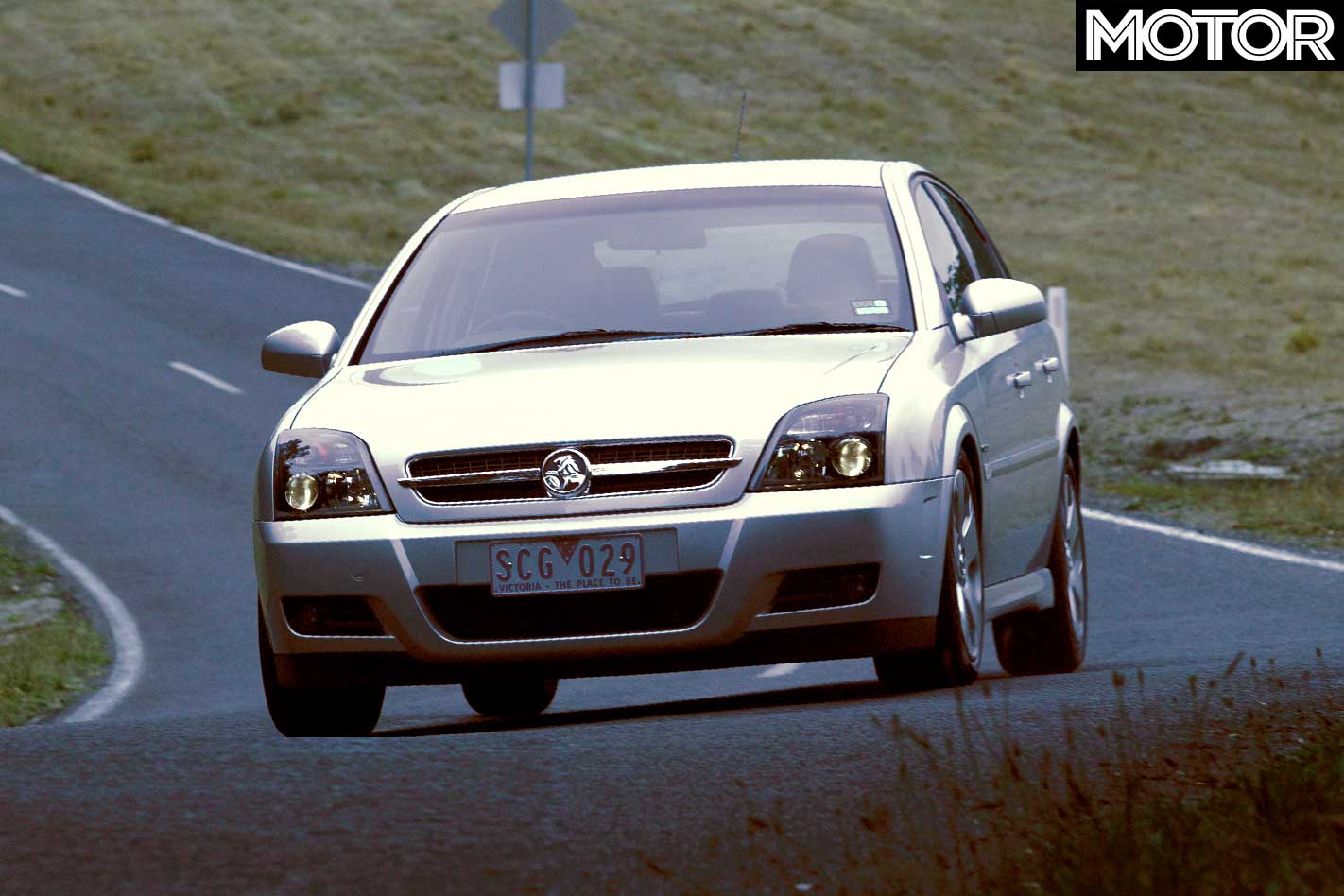
FAST FACTS 2003 Holden Vectra CDXi
DRIVE: front-wheel ENGINE: front-mounted 3.2-litre, DOHC 24-valve, transverse V6 POWER: 155kW at 6200rpm TORQUE: 300Nm at 3800rpm BORE/STROKE: 87.5mm x 88.0mm COMPRESSION RATIO: 10.0:1 WEIGHT: 1510kg POWER-TO-WEIGHT: 103kW/tonne TRANSMISSION: 5-speed manual SUSPENSION: MacPherson struts, coil springs, anti-roll bar (f); four links, coil springs, anti-roll bar (r) L/W/H: 4596/1798/1460mm WHEELBASE: 2700mm TRACK: 1536mm (f) 1525mm (r) BRAKES: 302mm ventilated discs, single-piston calipers (f); 292mm discs, single-piston calipers (r) WHEELS: 17 x 7.0-inch (f & r), alloy TYRES: Goodyear Eagle NCT5, 215/50 R17 (f & r) FUEL: 61 litres, PULP (temporary ULP) PRICE: $47,990

